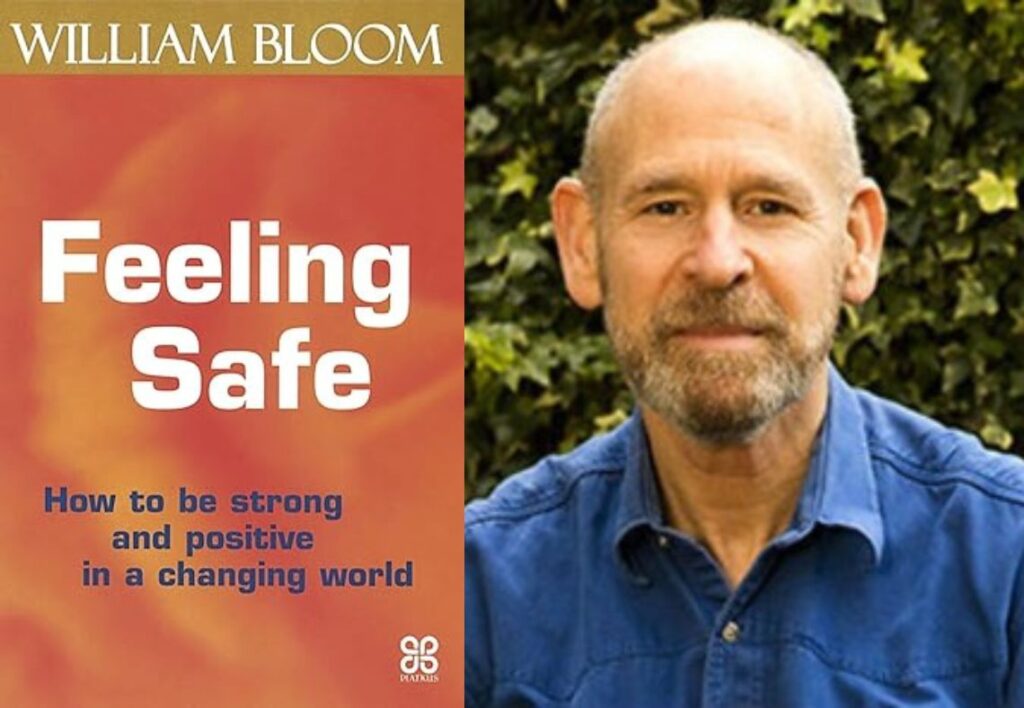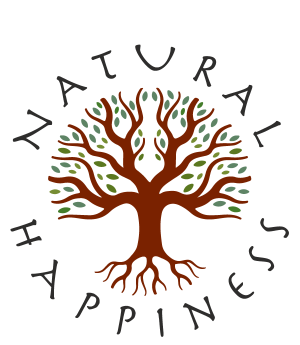Most people will need an easy, non-medical explanation of the physiology of stress, and I highly recommend the book Feeling Safe, by William Bloom. It’s only 150 pages long, and it is clear, compassionate and highly practical. He deals with complex, subtle topics in an understandable, useable way, such as creating energetic protection, which simply means some practices which help you to feel safe even in abrasive, disturbing situations.
One of my favourite methods in William’s book is what he calls strawberries, positive connections which you can pick up and take in when you need them. Here is an edited section of Chapter 3 on this topic:
“You might want to make lists of the things you love: people, animals, places, activities, objects, scents, colours, smells, tastes, spiritual teachers and icons. Highlight the things that will raise a smile from you even if you are in the worst of moods. It might be a grandchild, or a kitten, or a comedian.
“All the things on your list are powerful triggers for you. Even when you are tired or in a crisis, it will still be possible to withdraw from the world and give a few moments thought to these things you love. Even the shortest moment of focus on what you love and the tiniest flicker of an inner smile is better than an endless tunnel of depression.”

“Your experience of any situation is to a large degree dependent upon where you choose to focus. Give attention to what you do not like and you will create negative chemistry and feelings. Give attention to what you do like and you will create positive chemistry and feelings.
“It is important to get into the habit of noticing and using the positive triggers in your life. As well as making a list of everything you love in life, it is useful to place reminders in your environment and to surround yourself with things that give you pleasure. It is, for example, perfectly acceptable to have photographs of loved ones or images of sport of landscapes in a work place. If you work on a computer, you can use a screensaver that you particularly like. Next to your bathroom mirror where you brush your teeth, you can place a postcard of some favourite place, animal or person.”
“In times of crisis, stress and danger, what your body needs more than anything is the attention of your mind. Your body is like that of any other animal, and it will respond instinctively to the danger that it perceives and senses. You know this full well from those situations when you cannot control what your body is doing. You want to stay calm and act in a dignified way, but your biology is doing something you cannot control.
“In those moments, your body needs your attention. It is like a child needing reassurance from its parent. It is like a pet animal that needs stroking in order to be reassured. You will reassure your body if you turn your attention down into it and monitor how it feels.
“Focus down into your body. Immediately you create a neural connection between your mind/brain and your body. A neural message is communicated, ‘Hello there. I am your mind and I am giving you attention.’ In the same way that an anxious child finds comfort when a parent holds its hand, so the body is comforted by the attention of the mind, its internal parent.
“If you never read a page more of this book, then I would urge you to hang on to this one idea. If you are in any kind of stressful situation, turn your attention down into your own body. Withdraw your attention from external events and focus down into yourself. This will immediately inhibit the production of adrenaline and cortisol. It will block the production of those chemicals which create the feelings and sensations of tension and panic.
“It is very simple and easy. You can even do it while you are doing something else. Still reading this book, a part of you can focus down and become aware of how your body feels. This is how martial artists stay so calm in fights. There is always one part of the mind that stays aware of the body and calms it.
“It works particularly well if you take your focus down into the lower stomach. In fact, all martial arts exercises begin with students taking their mental focus down into the lower stomach and giving that area sustained attention. It is then useful to breathe softly and very deeply down into yourself. It also helps if you guide your chest and stomach muscles into relaxing, by allowing them to sink down.”
The stresses we all live with are more severe, more complex and more continual than ever before, so we have to keep making positive choices like remembering strawberries in order to sustain our capacity for joy.
The physiology of Nature connection
Probably most of us have experienced feeling better out in Nature, but it’s worth understanding why it helps us so much, and how it can antidote one of the biggest stresses of our times: Directed Attention Fatigue. Do you have any idea how many hours per day you spend looking at screens: smart phones, computers, televisions? The demands of long periods focussing on screens, and dealing with rapid inputs of information, makes it hard for us to relax fully and get the quality of sleep we need. There is an excellent book, Your Brain on Nature, which explains how deeply DAF affects us, and how the ‘fascination’ of Nature enables us to spread our attention and relax: see my blog on the book here.
